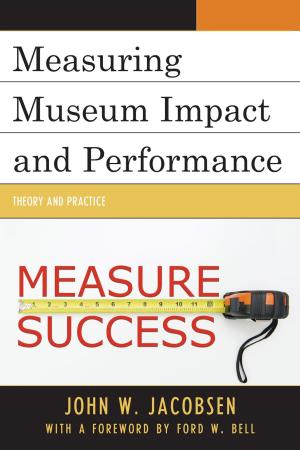Ranking Faiths
Religious Stratification in America
Nonfiction, Religion & Spirituality, Theology, Ethics, Social & Cultural Studies, Social Science, Sociology, Marriage & Family| Author: | James D. Davidson, Ralph E. Pyle | ISBN: | 9781442208551 |
| Publisher: | Rowman & Littlefield Publishers | Publication: | January 16, 2011 |
| Imprint: | Rowman & Littlefield Publishers | Language: | English |
| Author: | James D. Davidson, Ralph E. Pyle |
| ISBN: | 9781442208551 |
| Publisher: | Rowman & Littlefield Publishers |
| Publication: | January 16, 2011 |
| Imprint: | Rowman & Littlefield Publishers |
| Language: | English |
Ranking Faiths: Religious Stratification in America discusses how religion shapes access to power, privilege, and prestige in the U.S., both historically and today. James D. Davidson and Ralph E. Pyle dispel the idea that the U.S. was founded on the principle of religious equality for all, documenting how religion has been a factor in the allocation of power from the colonial period through the present. From the time of the earliest settlements in America through today, the book demonstrates that some religious groups have had more access to economic, political, and social rewards than others, and they have benefited from laws and customs that have maintained religious inequality over time. While a few religious groups, such as Catholics and Jews, have experienced significant upward mobility over time, the social status of most has remained remarkably static over time. The book shows how religious inequalities developed, highlight where they remain in society today, and discuss what Americans can and should do about it.
Ranking Faiths: Religious Stratification in America discusses how religion shapes access to power, privilege, and prestige in the U.S., both historically and today. James D. Davidson and Ralph E. Pyle dispel the idea that the U.S. was founded on the principle of religious equality for all, documenting how religion has been a factor in the allocation of power from the colonial period through the present. From the time of the earliest settlements in America through today, the book demonstrates that some religious groups have had more access to economic, political, and social rewards than others, and they have benefited from laws and customs that have maintained religious inequality over time. While a few religious groups, such as Catholics and Jews, have experienced significant upward mobility over time, the social status of most has remained remarkably static over time. The book shows how religious inequalities developed, highlight where they remain in society today, and discuss what Americans can and should do about it.















